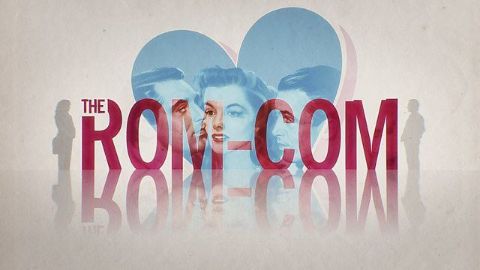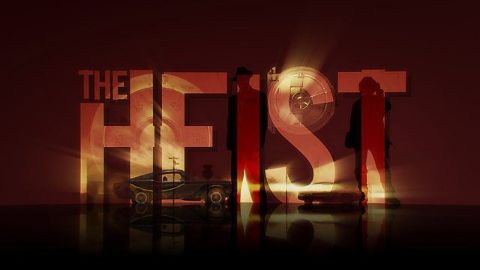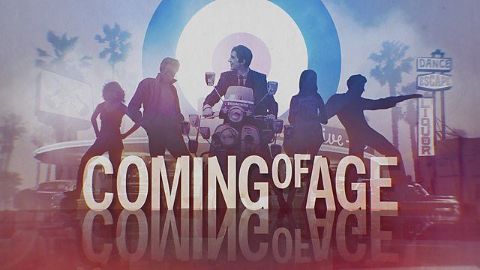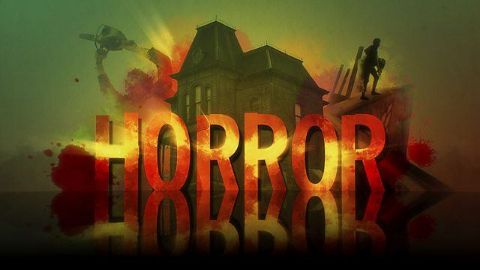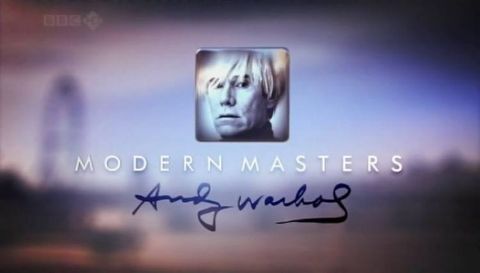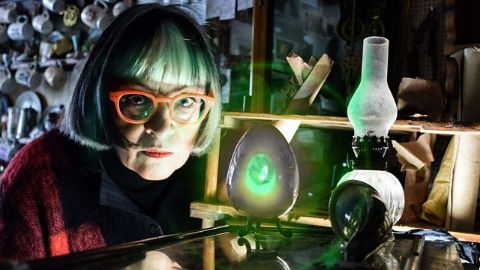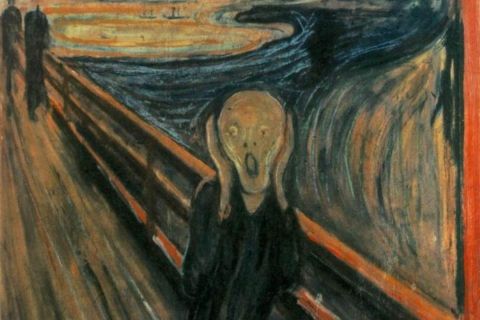The Rom-Com • 2018 • episode "Part 1" • Mark Kermode's Secrets of Cinema
Mark begins with one of the most popular genres of all. They are sometimes sneered at by critics, but from the 1930s to the present day, many of our most beloved movies have been romantic comedies. From Bringing Up Baby and The Lady Eve by way of Annie Hall, When Harry Met Sally and Pretty Woman to Love, Actually (a particular Kermode favourite) - as well as recent hits such as The Big Sick and La La Land - Mark examines the cinematic tricks and techniques involved in creating a classic romcom. Mark celebrates old favourites, reveals hidden treasures and springs plenty of surprises. Examining films from Hollywood to Bollywood via other gems of world cinema, he reminds us how, much like love itself, the art of the romantic comedy is international.
Make a donation
Buy a brother a hot coffee? Or a cold beer?
Hope you're finding these documentaries fascinating and eye-opening. It's just me, working hard behind the scenes to bring you this enriching content.
Running and maintaining a website like this takes time and resources. That's why I'm reaching out to you. If you appreciate what I do and would like to support my efforts, would you consider "buying me a coffee"?
Donation addresses
BTC: bc1q8ldskxh4x9qnddhcrgcun8rtvddeldm2a07r2v
ETH: 0x5CCAAA1afc5c5D814129d99277dDb5A979672116
With your donation through , you can show your appreciation and help me keep this project going. Every contribution, no matter how small, makes a significant impact. It goes directly towards covering server costs.
